Hand-cut alkaline noodles
Your folders
Your folders
Prep Time: 165 minutes
Servings: 2
Cost: $8.73 /serving
Author : Ian Benites
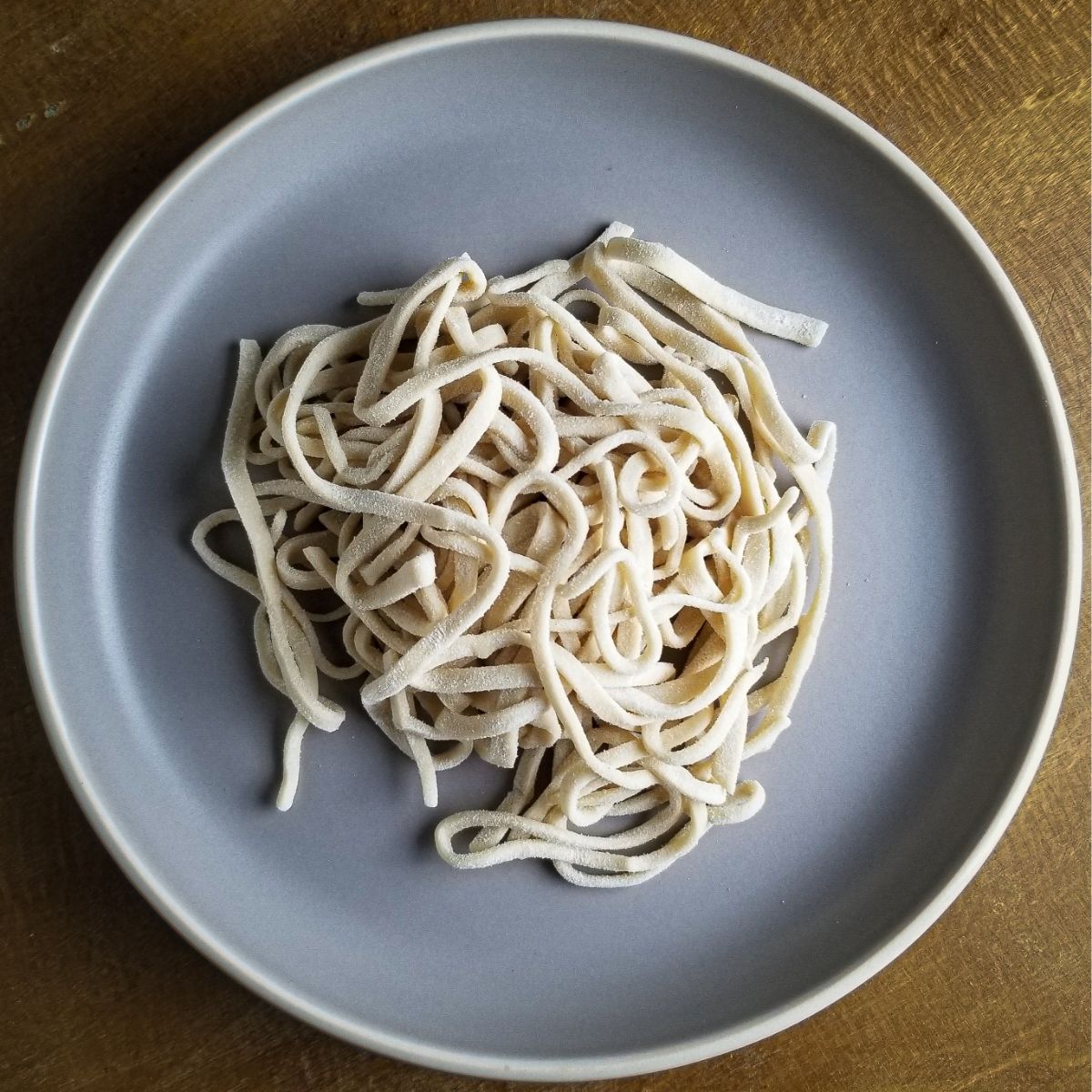
Ingredients
Export 4 ingredients for grocery delivery
Instructions
Step 1
Spread the baking soda on a baking sheet and bake in a 300 Fahrenheit oven for 1.5 hours. The baking soda is now sodium carbonate. Allow sodium carbonate to cool and store in an airtight container.
Step 2
In a mixing bowl, dissolve 1/2 tsp prepared sodium carbonate in the water.
Step 3
Add the bread flour and start to mix the dough by hand. The dough will be very shaggy and take a good bit of effort to form into a dough ball.
Step 4
Once all the dry flour has absorbed into dough, turn the ball onto a flat, unfloured surface and knead for approximately 10 minutes. This dough will be very stiff and dry, that is a good thing. Do not be tempted to add more water unless absolutely necessary. A dry dough will yield a noodle that has a much better chew. Notice how this dough never formed a perfectly smooth ball after kneading. This is preferable.
Step 5
Wrap the dough in plastic wrap and let rest for 2 hours at room temperature or overnight in the fridge.
Step 6
Remove dough from plastic wrap and use a rolling pin to flatten the dough ball to a thickness that will pass through the widest setting of your pasta machine.
Step 7
Pass the dough through the widest setting of your machine.
Step 8
Pass this sheet through the next two thickness settings on your machine.
Step 9
Fold edges and ends inwards in order to "square up" the sheet of pasta.
Step 10
Set the pasta machine back to its widest setting, pass the "squared up" sheet through once and then fold in half lengthwise.
Step 11
Starting at the widest setting again, pass this sheet through the machine, one step at a time through thinner and thinner settings, until the sheet is about 2 mm thick (a bit thicker than a quarter dollar coin).
Step 12
Cut this sheet into roughly 4 equal sections. The long axis of these sheets will be the length of your noodles.
Step 13
Apply a very generous dusting of flour to both sides of each sheet and stack them up. You need to add enough flour so the noodles will not fuse together as you cut them.
Step 14
Fold this stack in half lengthwise. This last fold is made so you can easily cut the whole length of the noodle in one motion (unless you happen to have a VERY long knife).
Step 15
Turn the stack of noodles so that the fold is facing away from you and cut the noodles in one straight down motion. Try to make the cuts approximately the same thickness as the noodle sheets.
Step 16
After cutting all the noodles, go through and separate the noodles with your fingers. If some noodles stick together, pull them apart. Add another dusting of flour to your pile of noodles and toss everything in order to coat all the noodles in a bit of flour. This will keep the noodles from sticking together as they sit.
Step 17
Separate the noodles into 2 equal piles (roughly 200 grams each) and place on a lightly floured plate. wrap in plastic wrap and store in the fridge for up to 24 hours.
Top similar recipes
Curated for youYour folders

 226 views
226 viewsAlkaline Ramen Noodles
doobydobap.com
4.3
(49)
5 minutes
Your folders

 235 views
235 viewsAlkaline noodles - Wikipedia
en.wikipedia.org
Your folders

 318 views
318 viewsHand-Cut French Fries
foodnetwork.com
4.9
(9)
10 minutes
Your folders

 206 views
206 viewsHand Cut French Fries
theeastcoastkitchen.com
30 minutes
Your folders

 198 views
198 viewsScissor-Cut Noodles
kyriethefoodie.com
3 minutes
Your folders
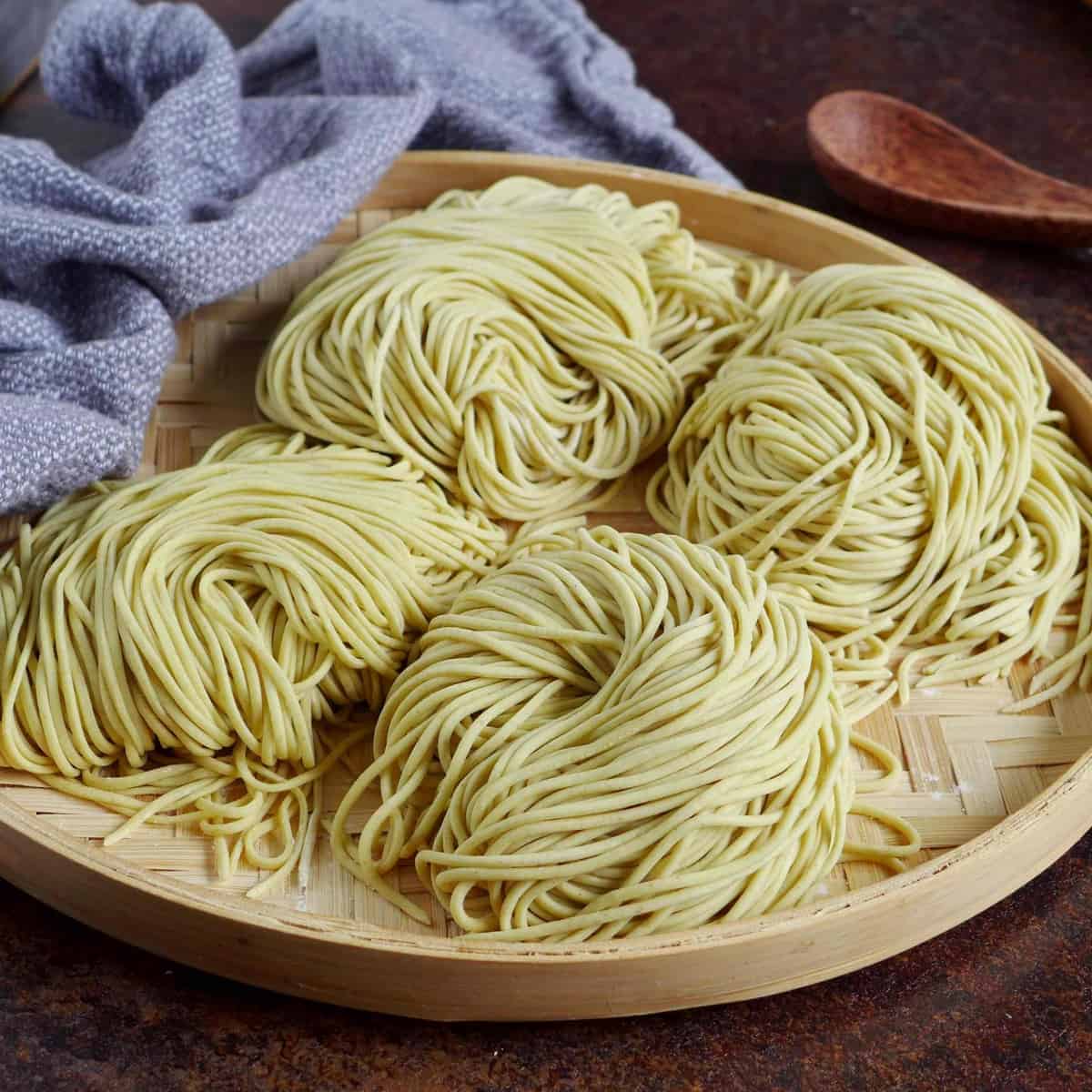
 419 views
419 viewsHomemade Alkaline Noodles/Ramen Noo...
redhousespice.com
5.0
(8)
3 minutes
Your folders
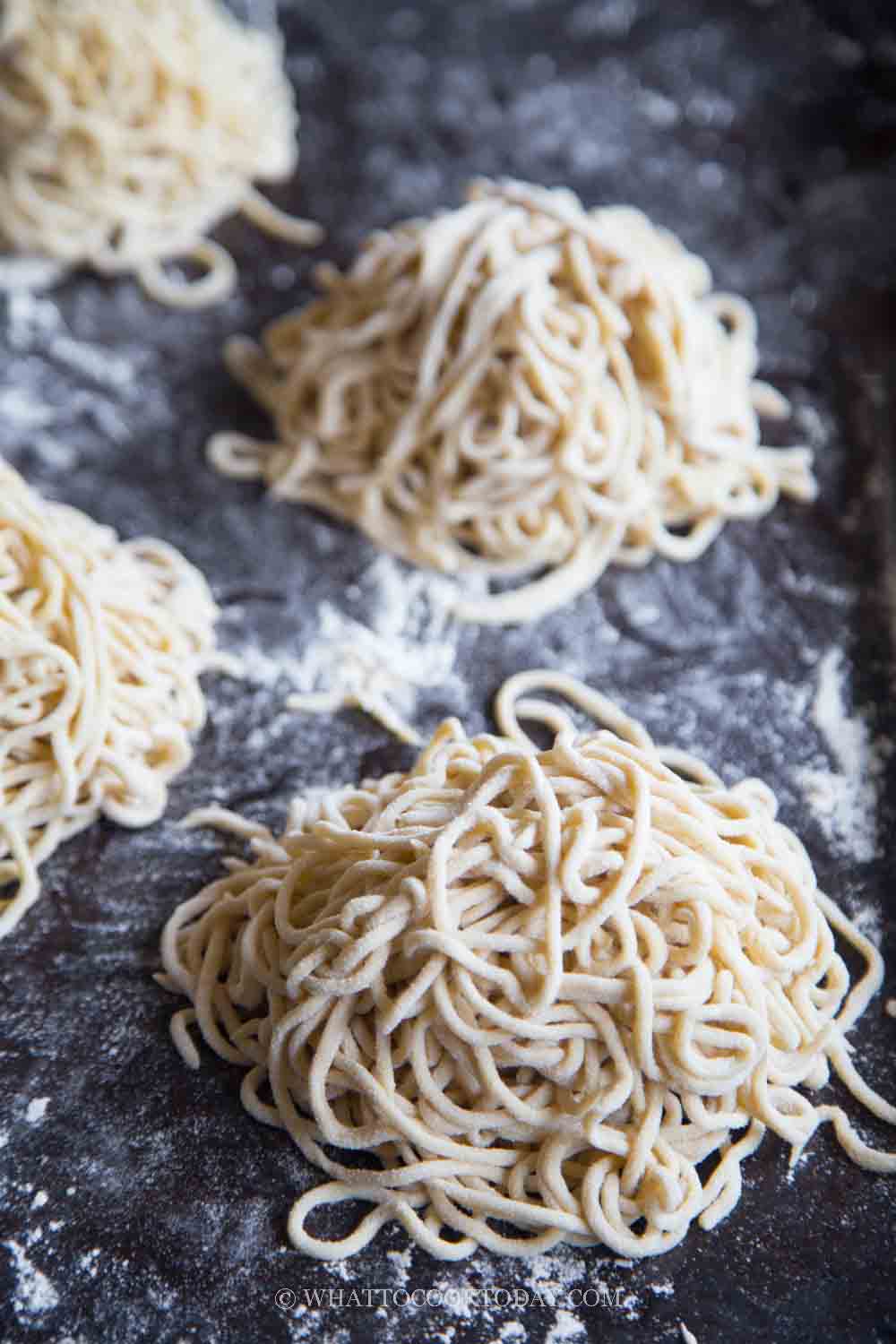
 425 views
425 viewsHomemade Alkaline Noodles/Ramen Noo...
whattocooktoday.com
5.0
(1)
2 minutes
Your folders

 929 views
929 viewsAlkaline Smoothie
knowyourproduce.com
5.0
(6)
2 minutes
Your folders
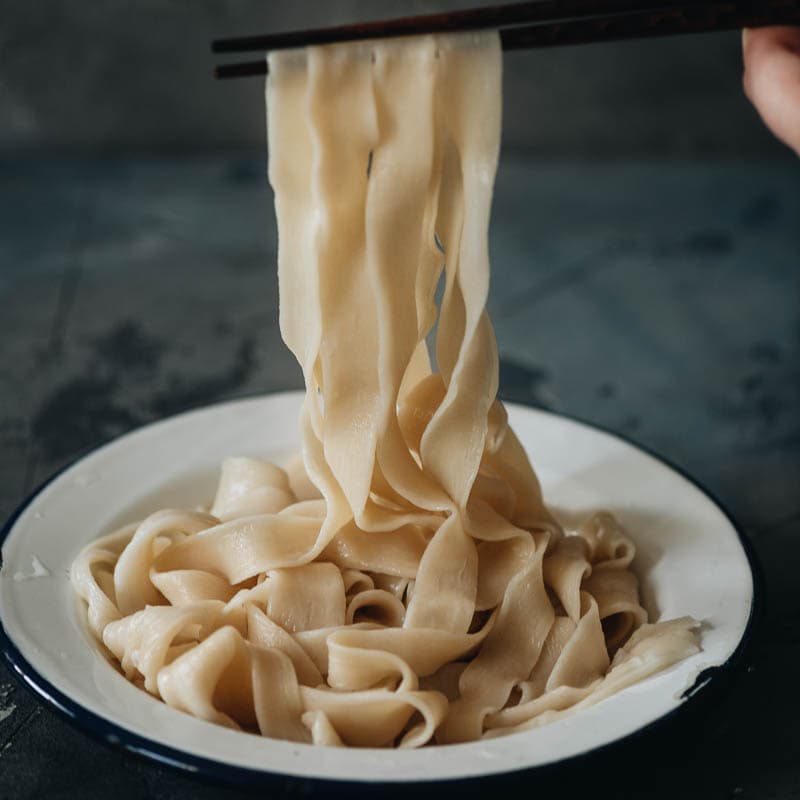
 504 views
504 viewsEasy Hand-Pulled Noodles
omnivorescookbook.com
4.8
(25)
2 minutes
Your folders

 808 views
808 viewsChinese Hand-pulled Noodles
tiffycooks.com
5.0
(1)
10 minutes
Your folders

 490 views
490 viewsEasy Hand-Pulled Noodles
omnivorescookbook.com
4.8
(26)
2 minutes
Your folders
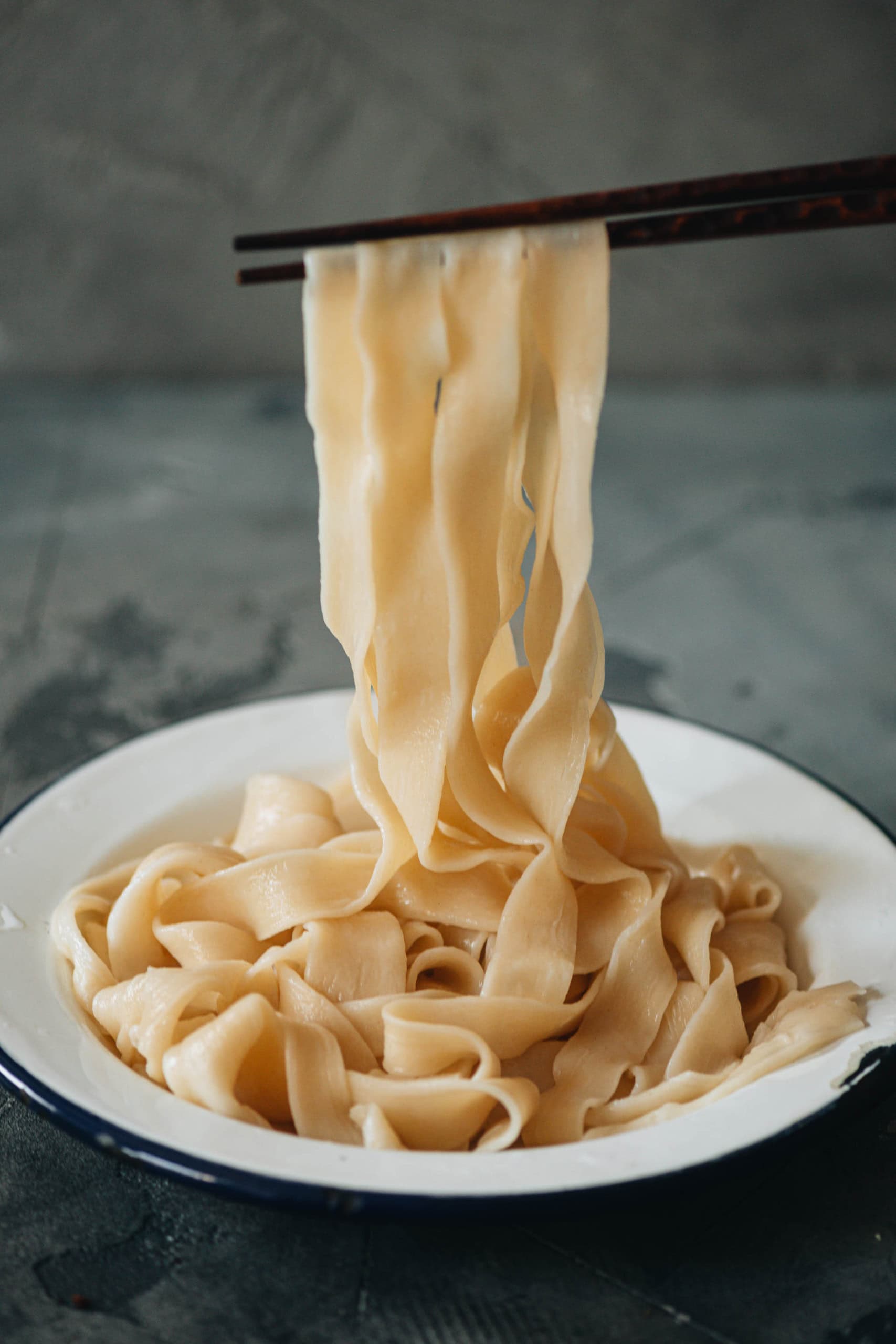
 64 views
64 viewsEasy Hand-Pulled Noodles
omnivorescookbook.com
4.9
(35)
2 minutes
Your folders

 297 views
297 viewsHand-Cut Orange-and-Lemon Marmalade
foodandwine.com
Your folders

 31 views
31 viewsMalaysian Hand-Torn Noodles (Hand-T...
asianinspirations.com.au
3.6
(55)
Your folders

 421 views
421 viewsSuper Alkaline Soup
greenschemetv.net
4.7
(14)
8 minutes
Your folders

 190 views
190 viewsAlkaline Green Smoothie
foodaciously.com
5.0
(1)
Your folders

 208 views
208 viewsHand-Cut Tagliatelle with Porcini a...
foodandwine.com
Your folders

 70 views
70 viewsEasy Korean Knife-Cut Noodles (Kalg...
mykoreankitchen.com
Your folders

 683 views
683 viewsHand-Pulled Lamian Noodles Recipe
seriouseats.com
4.7
(23)